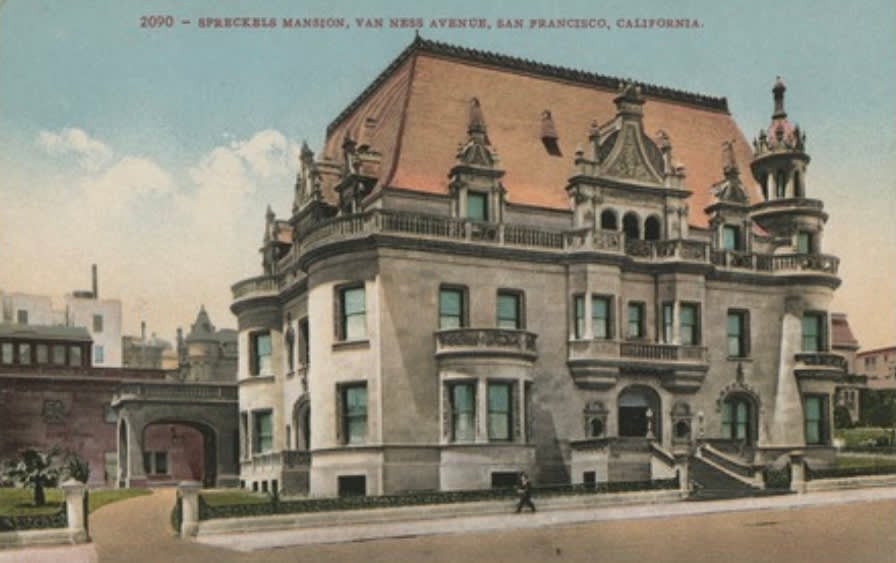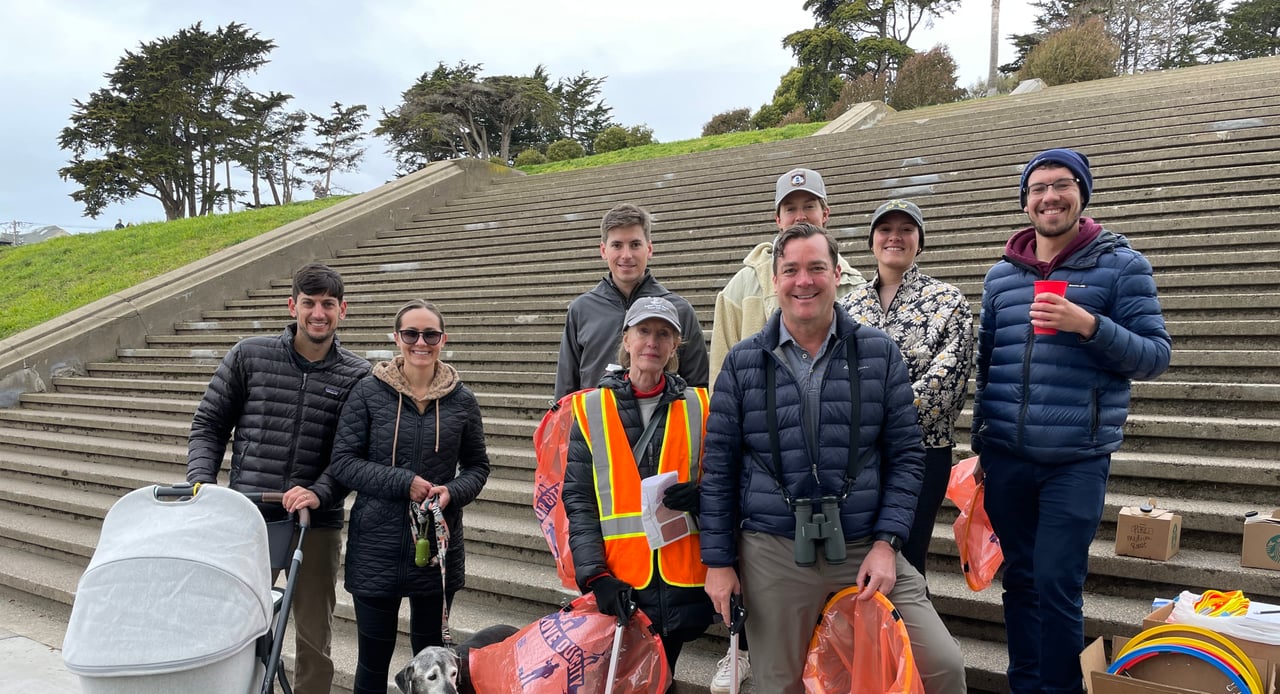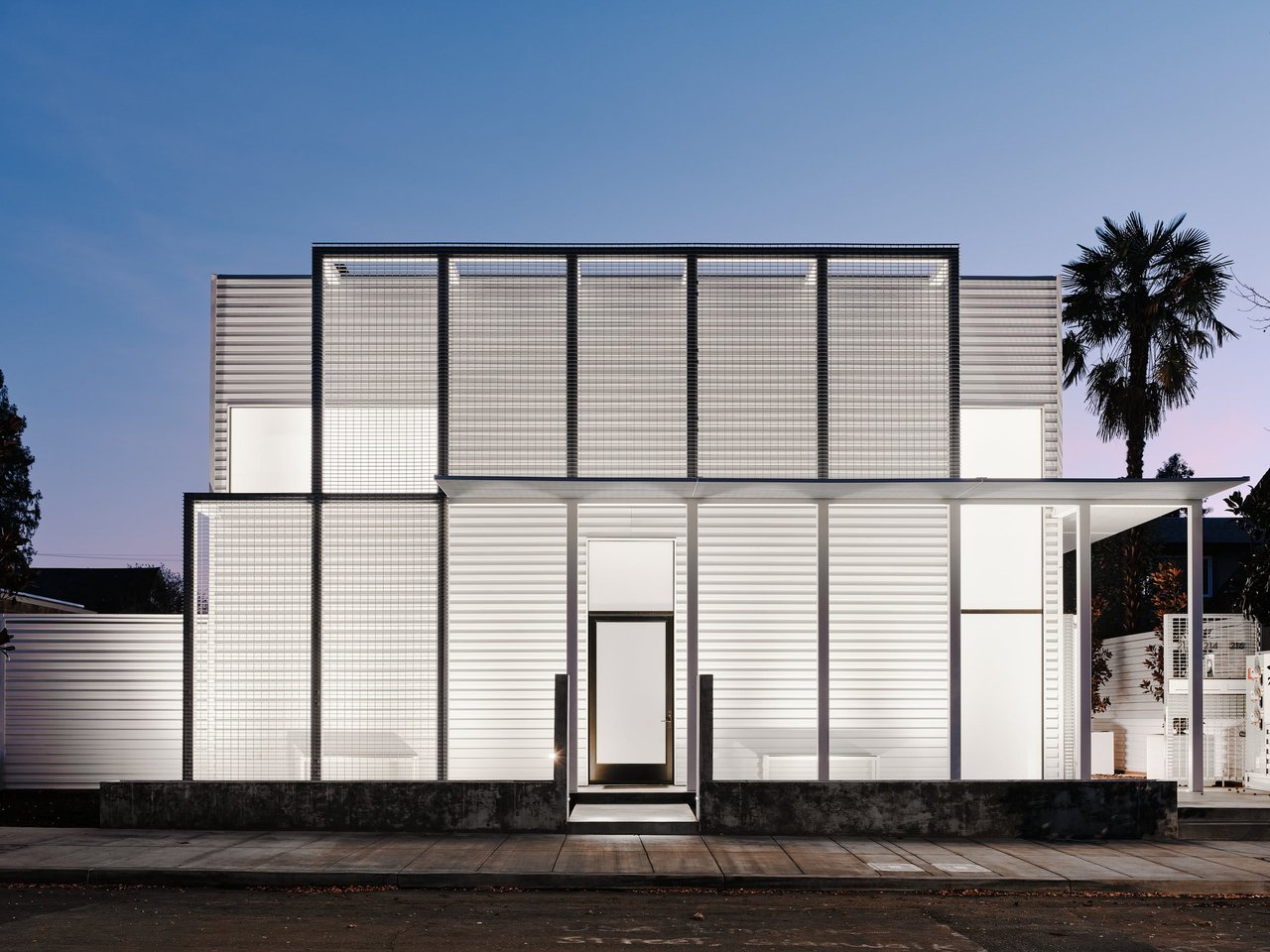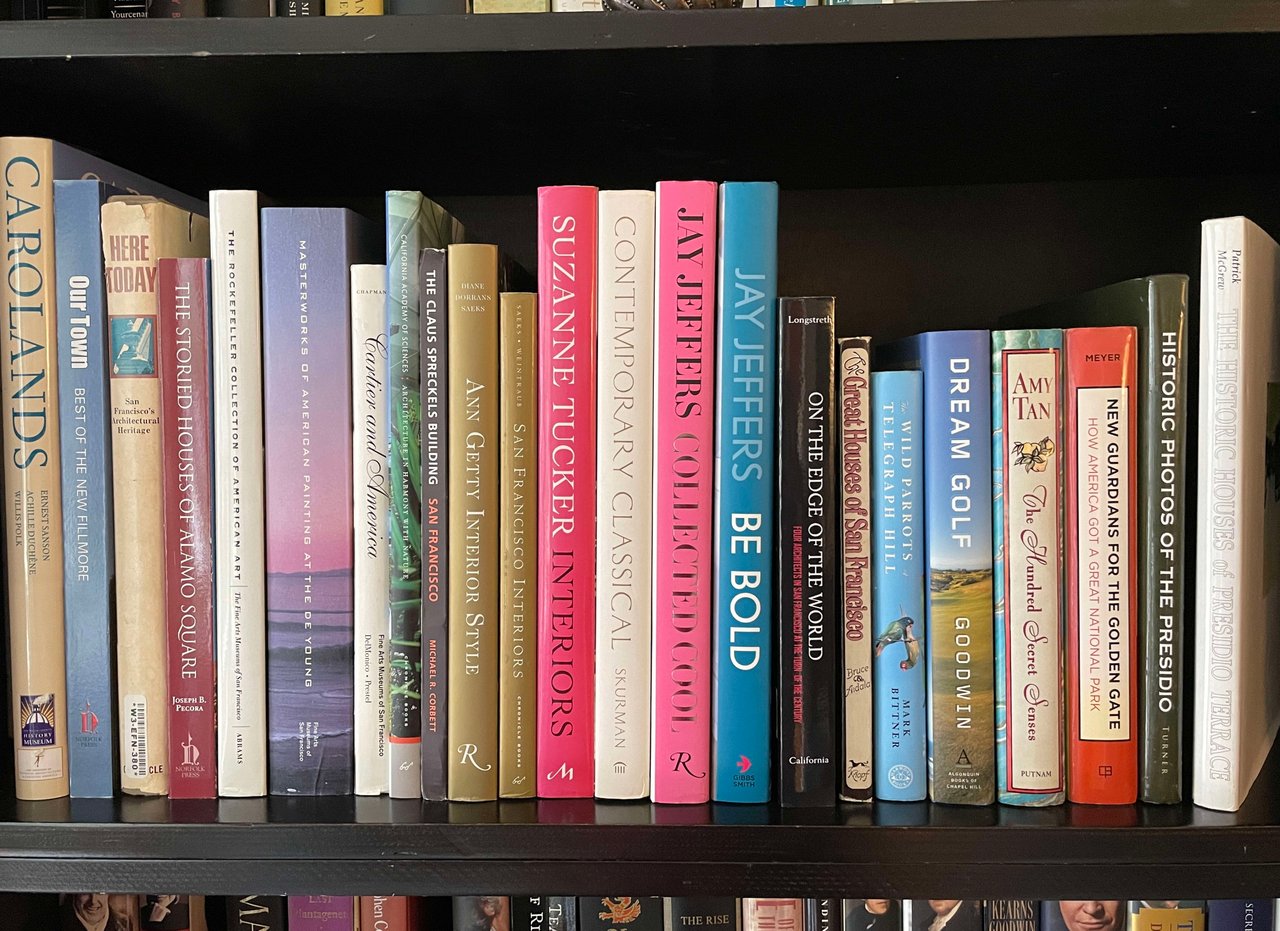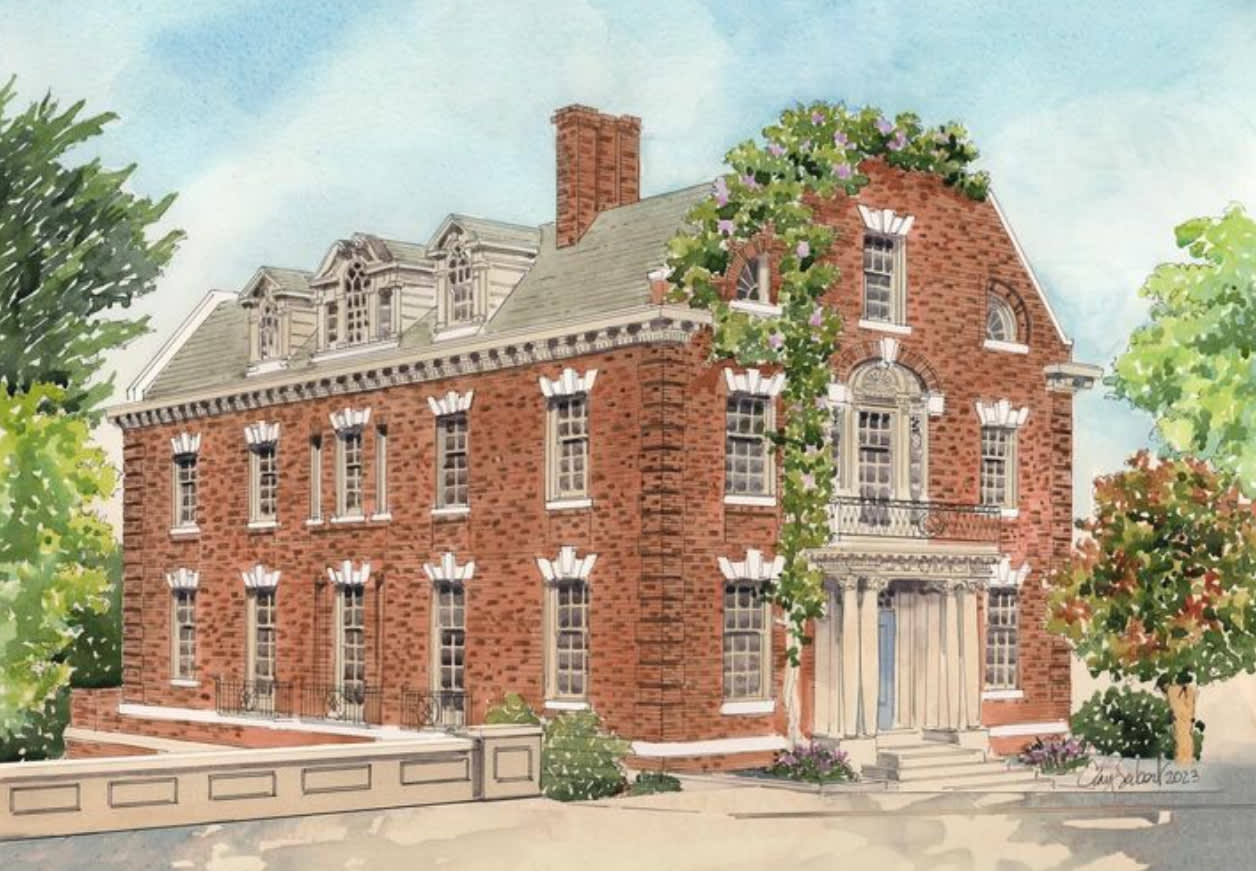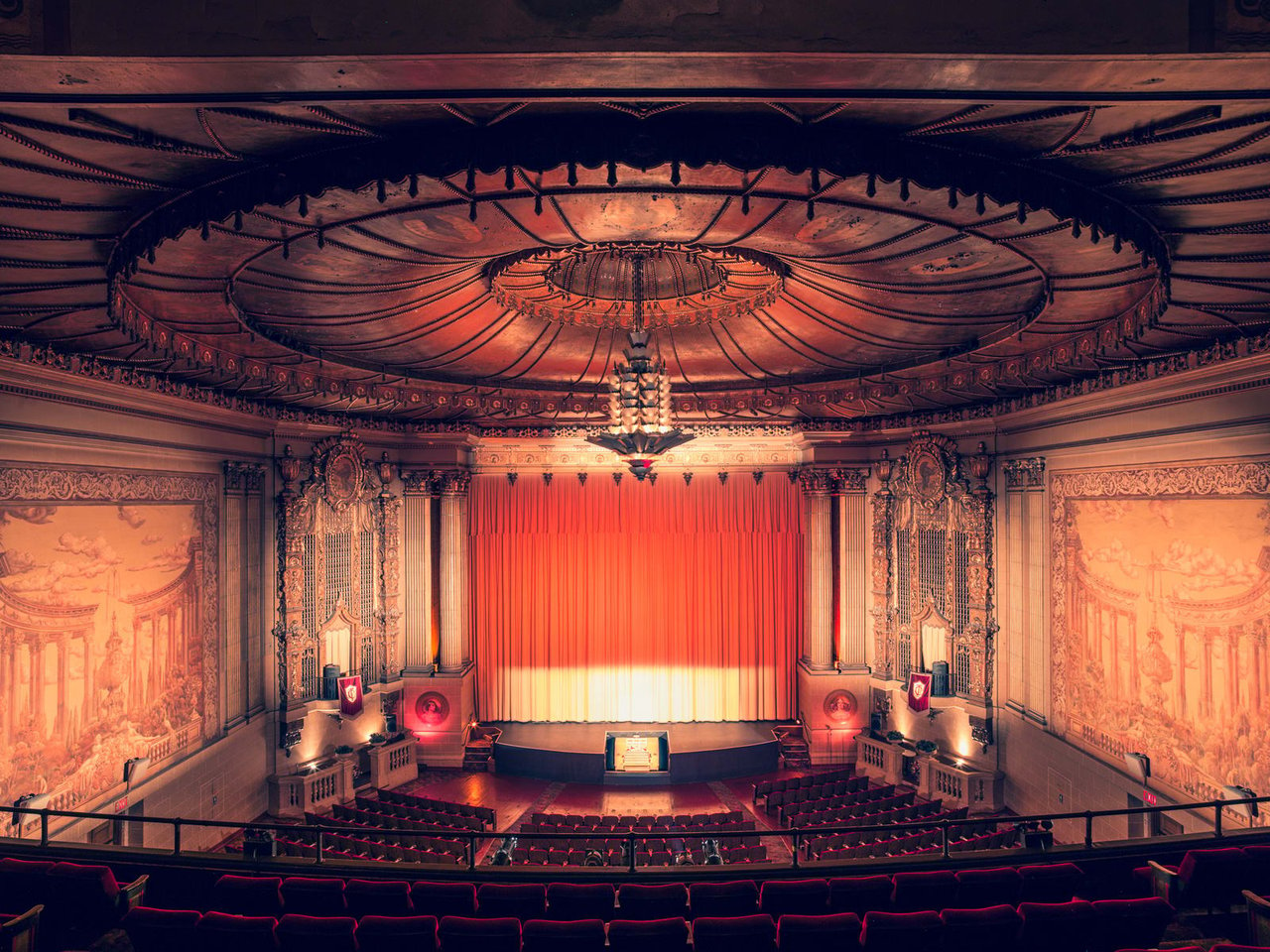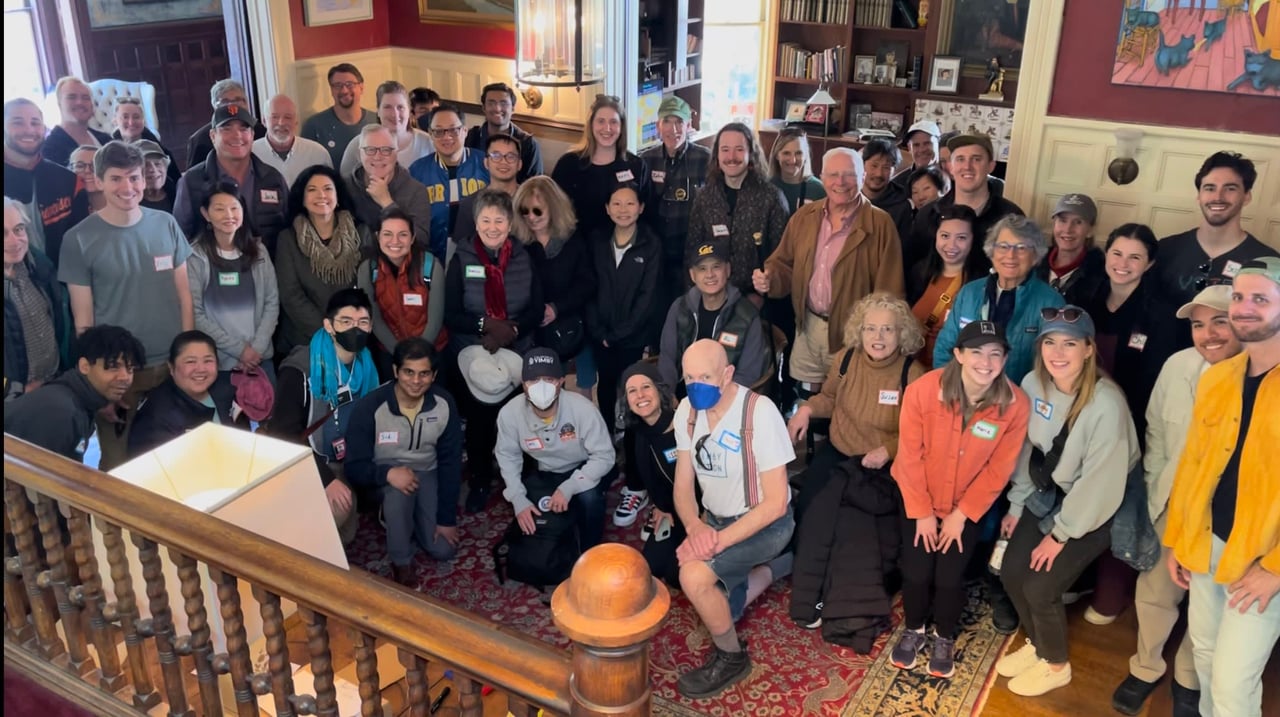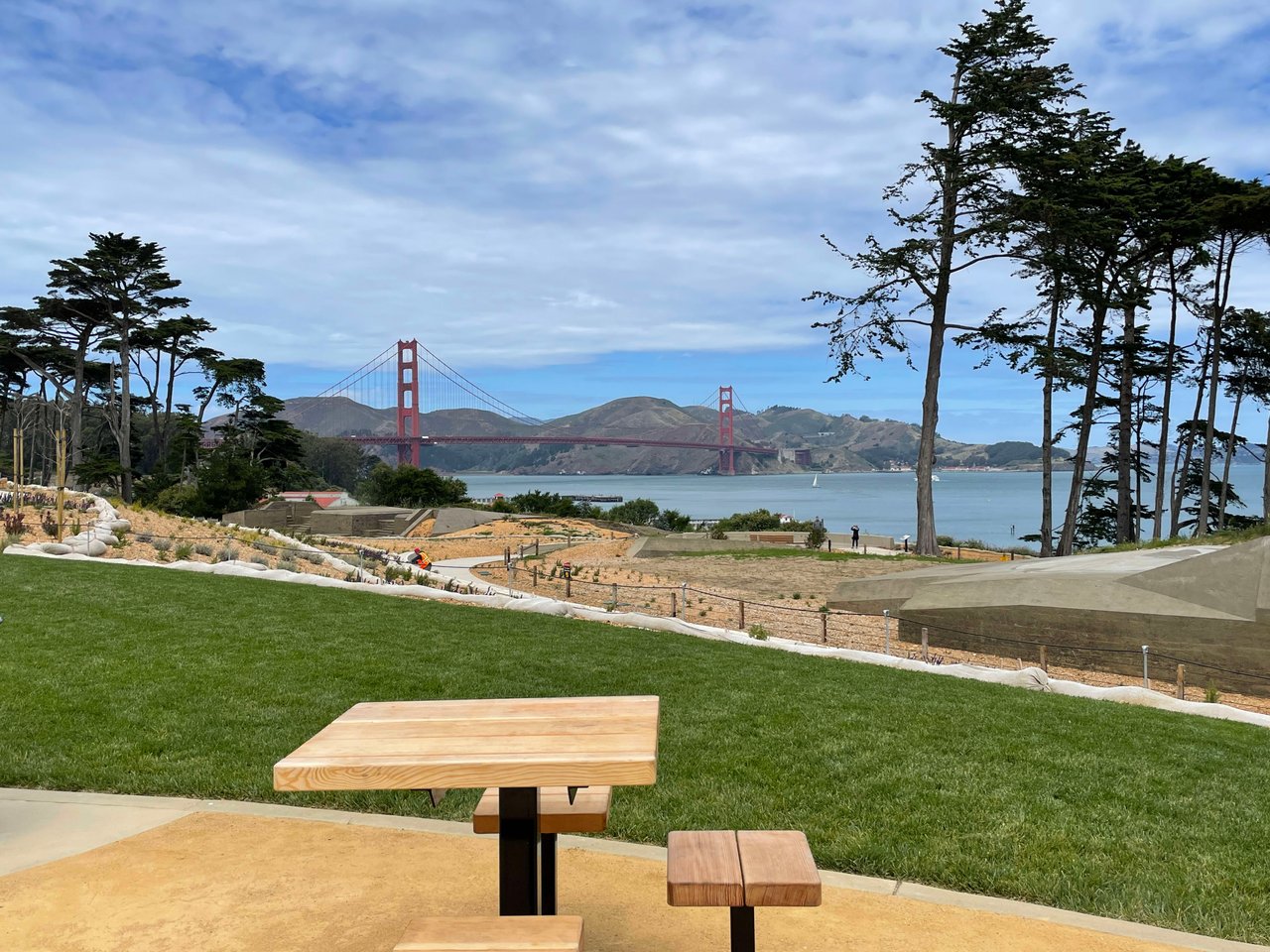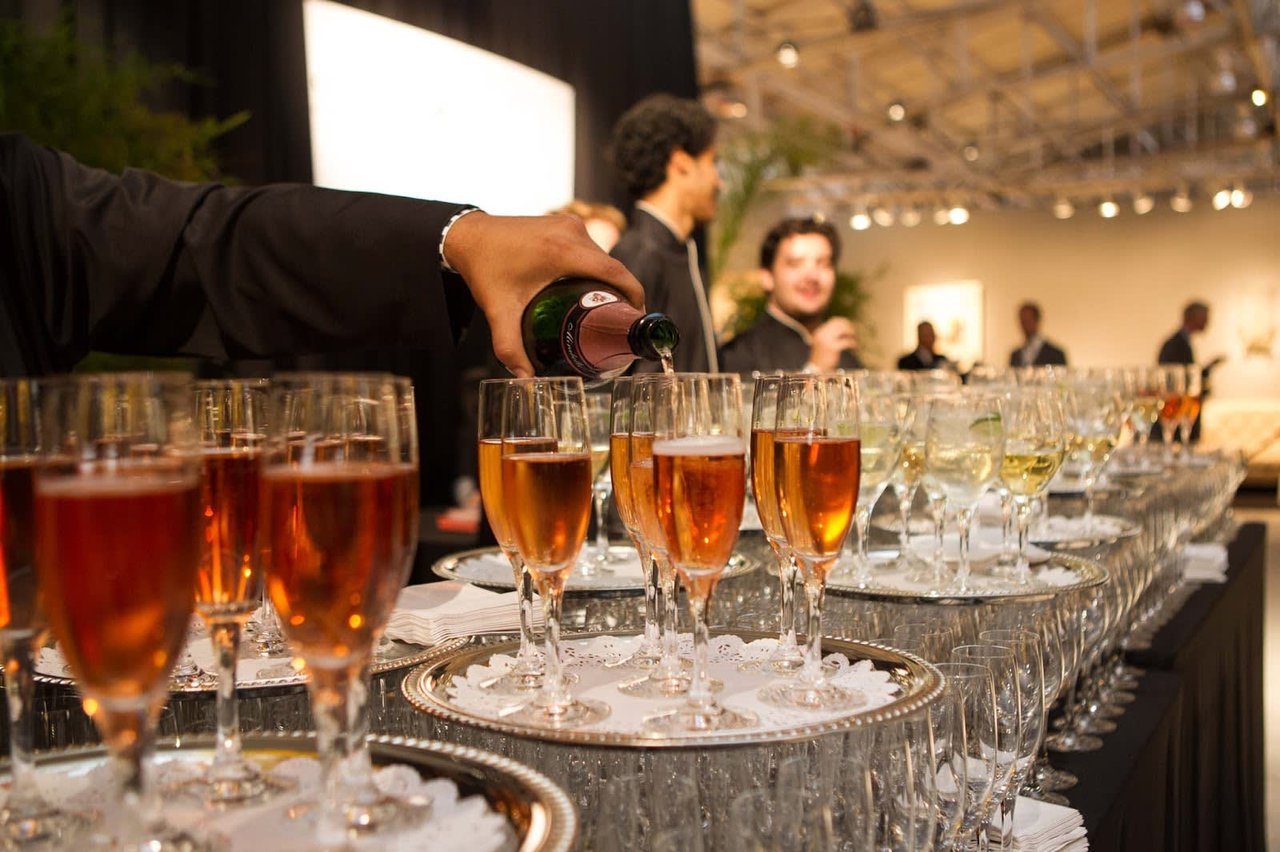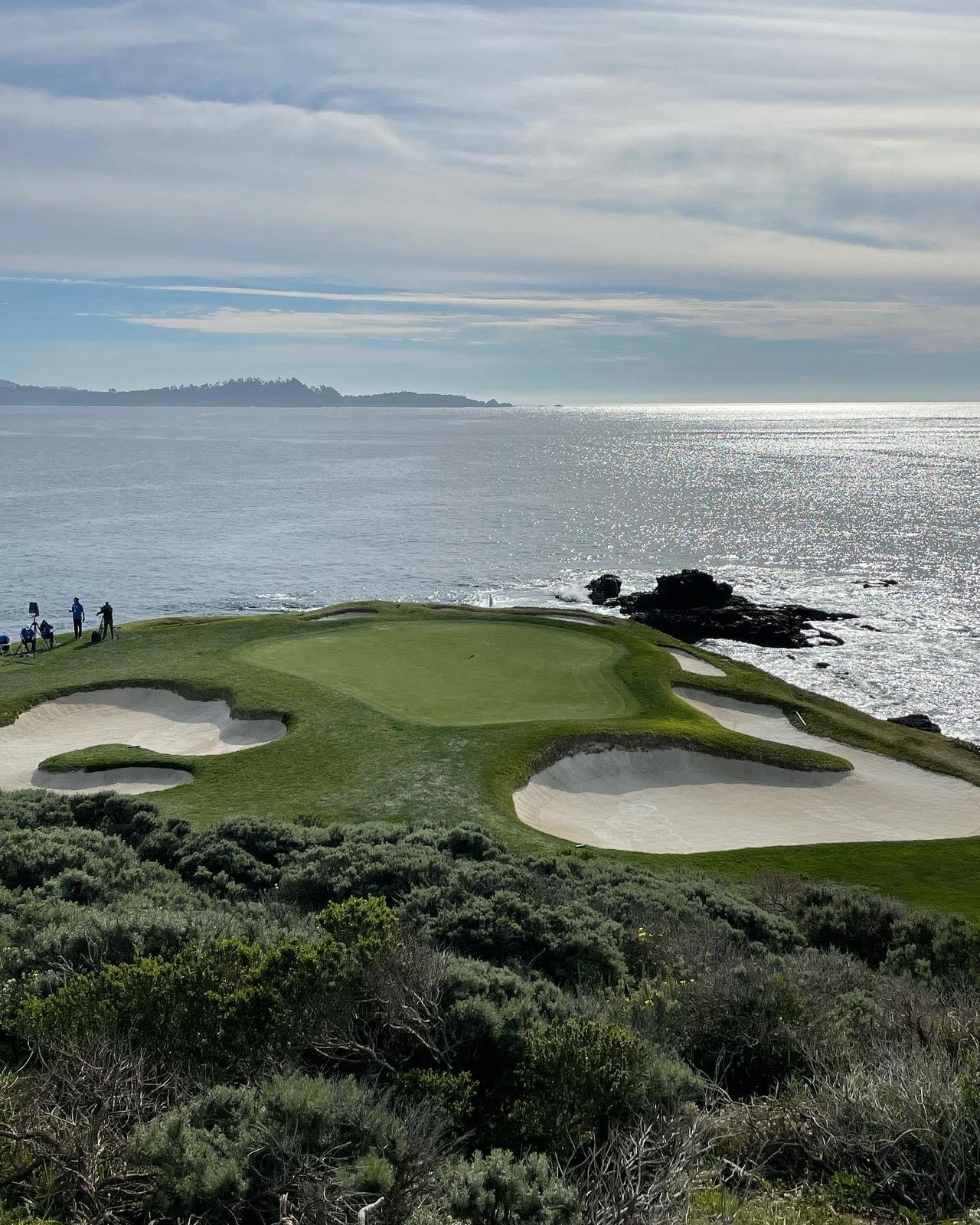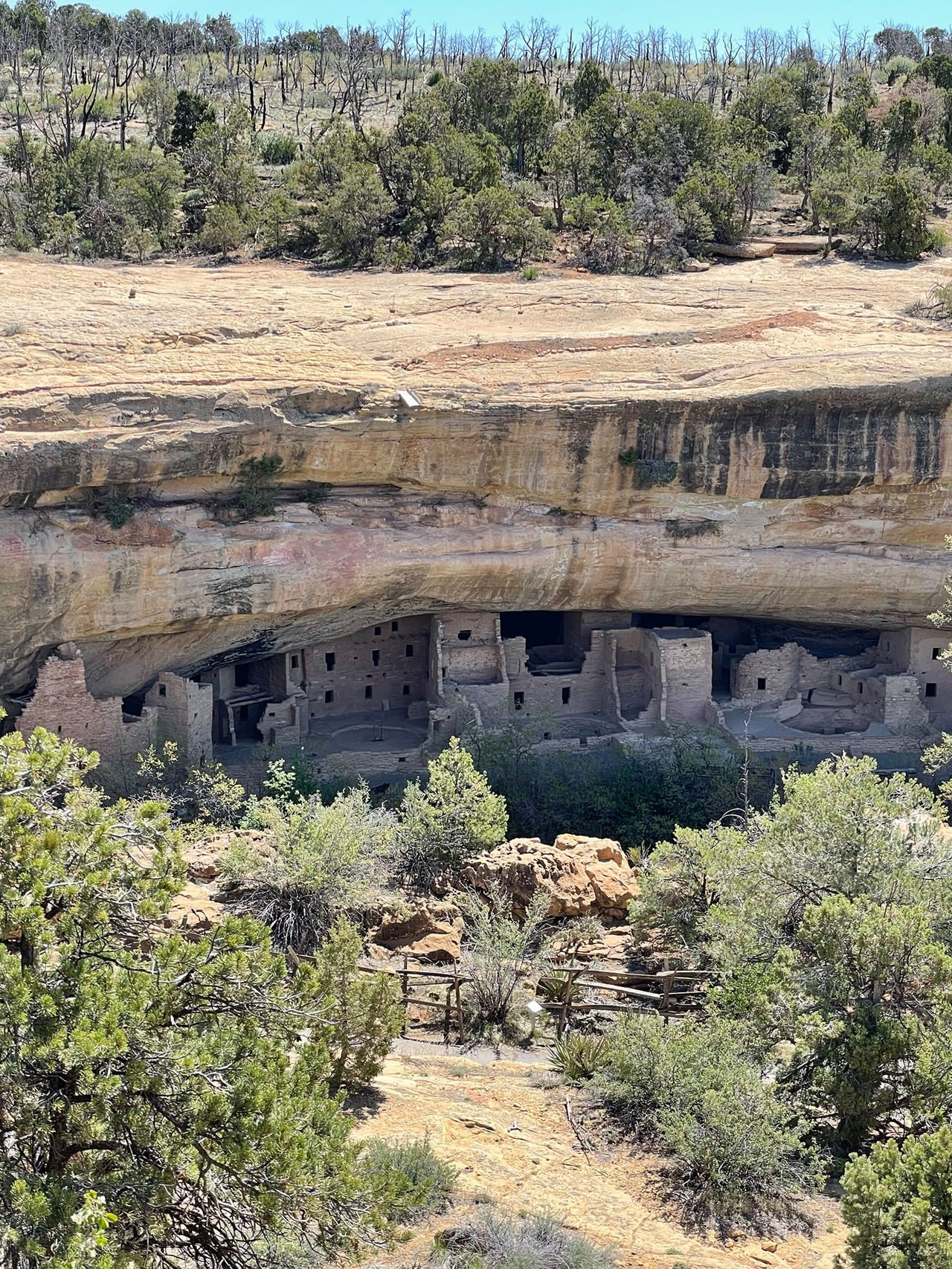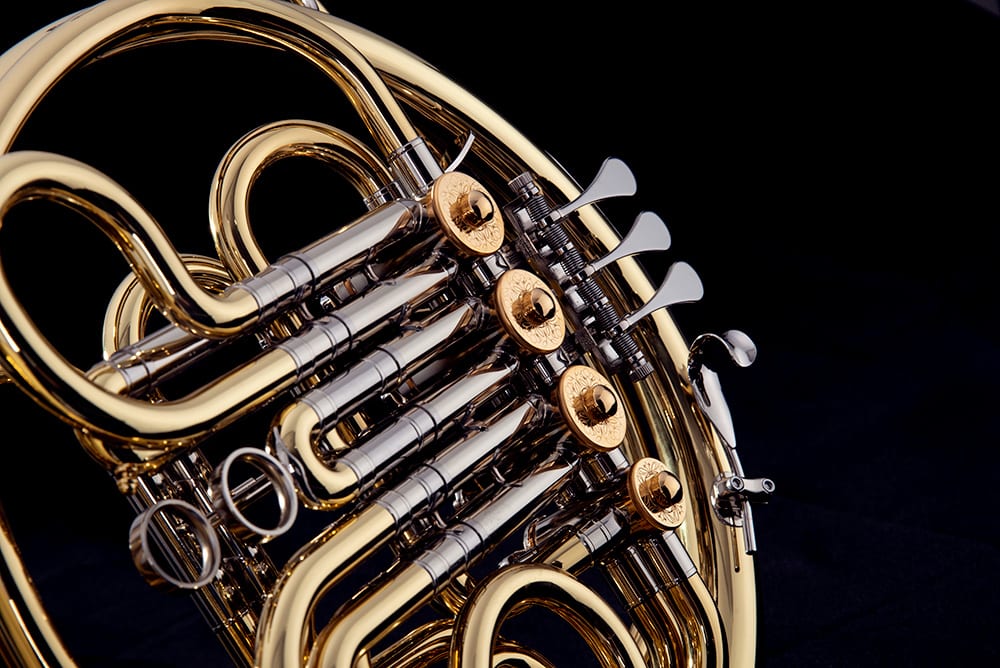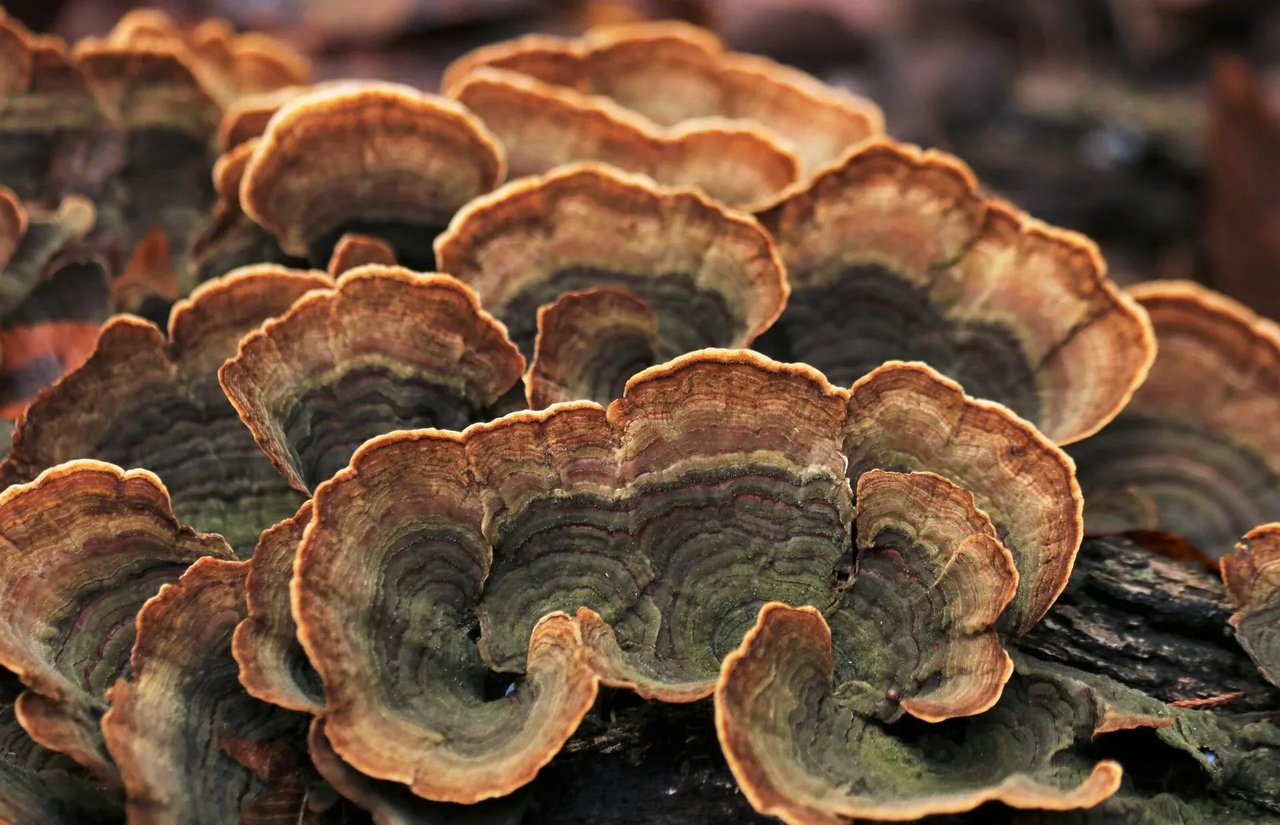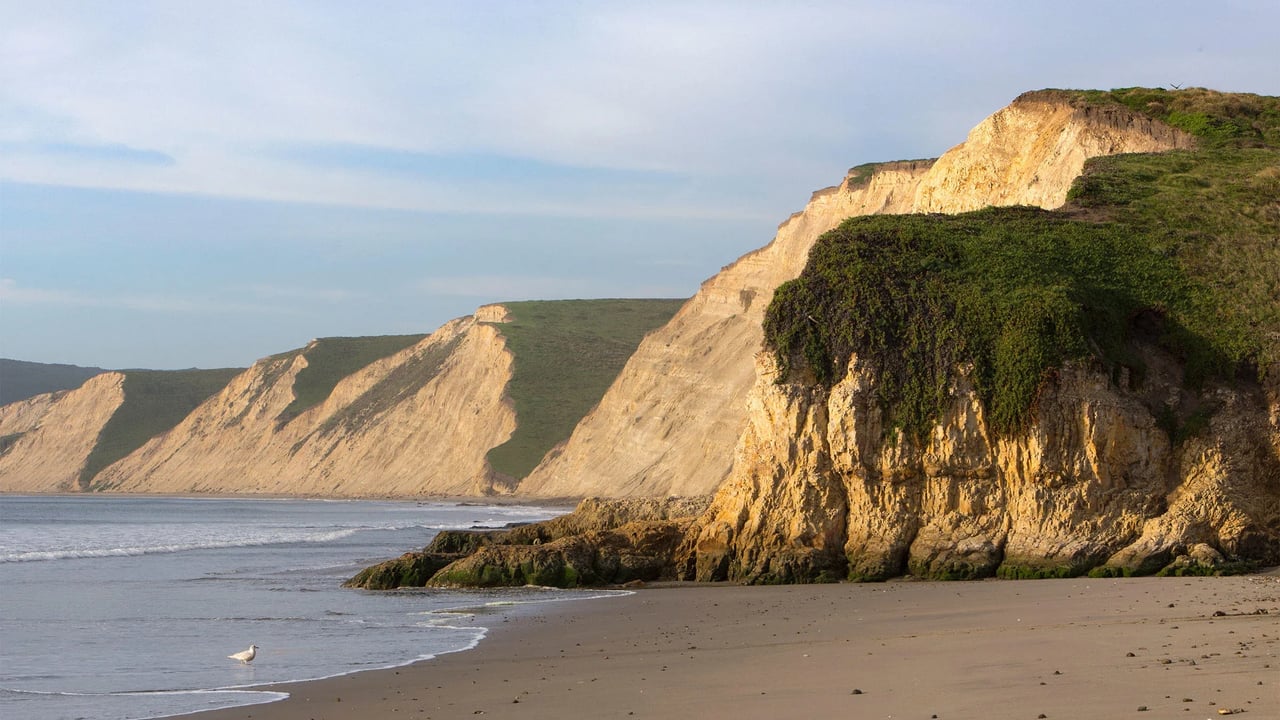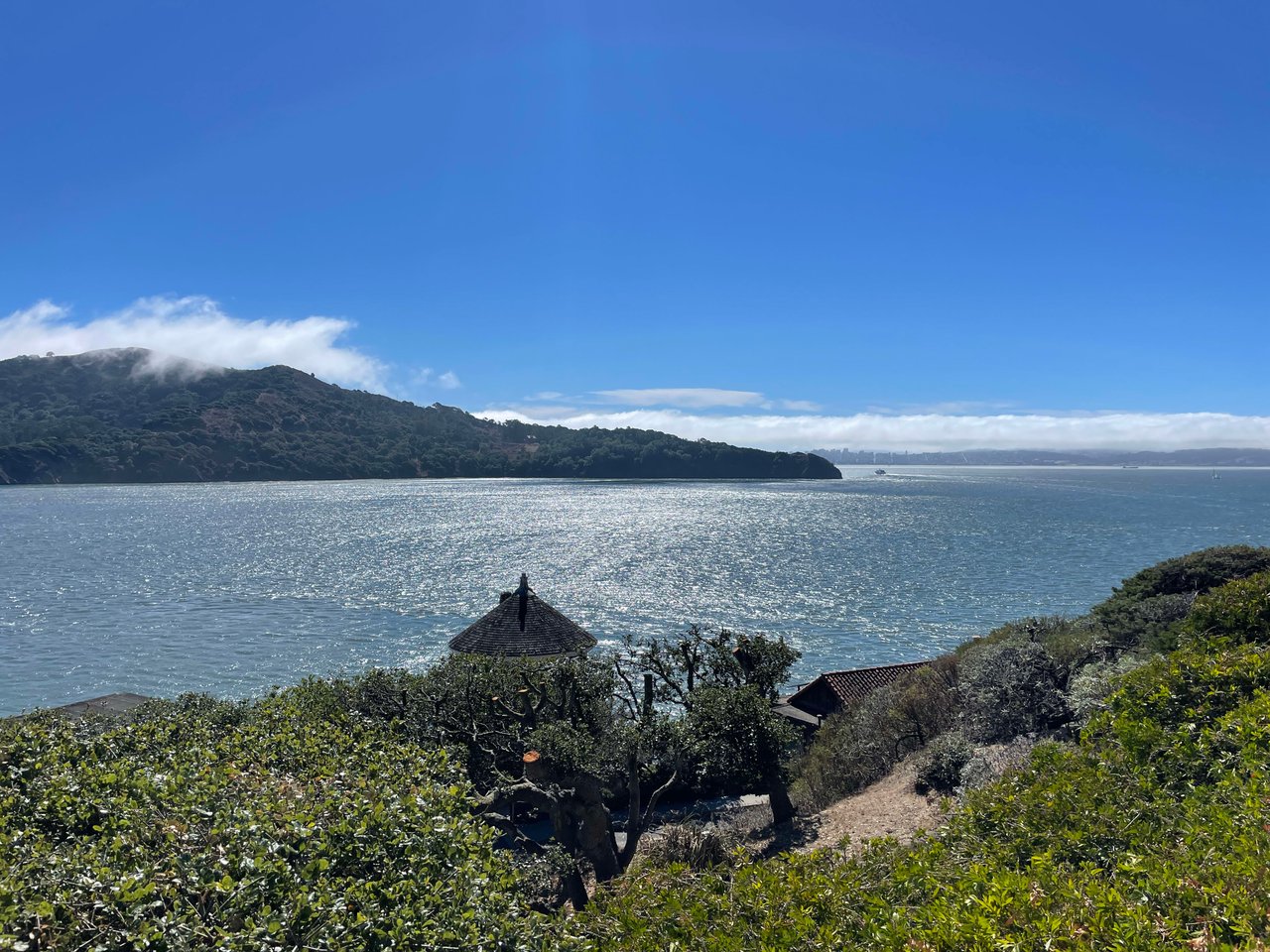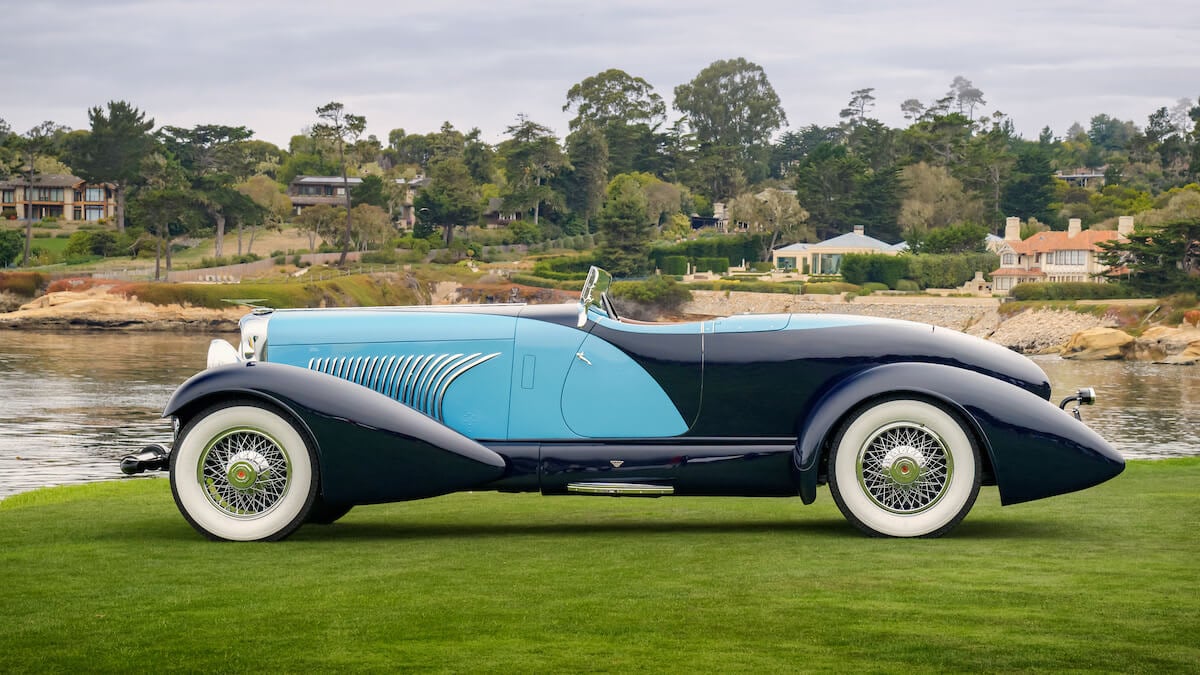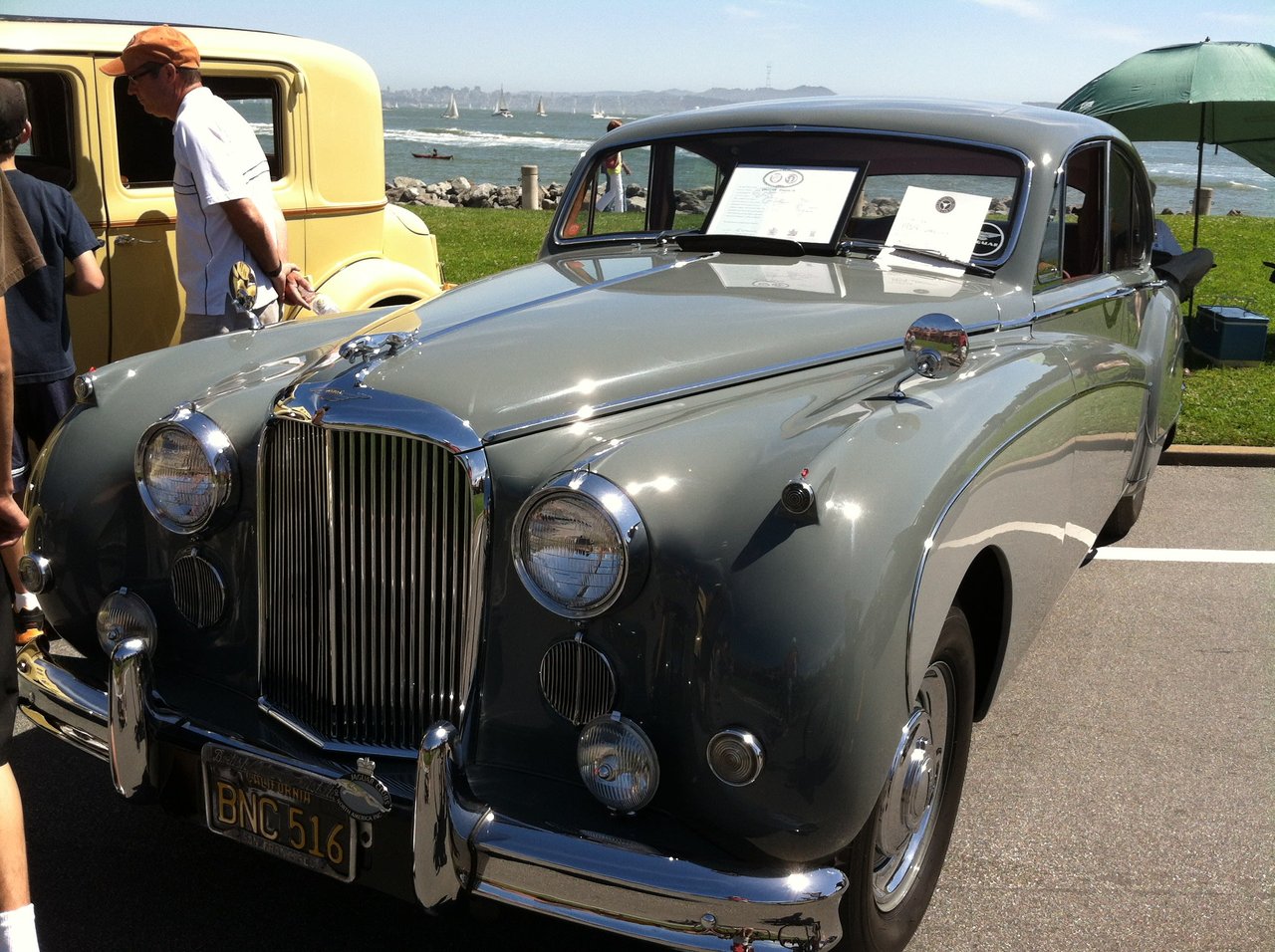For the past decade, I've been researching and photographing a book about San Francisco's unique and varied architectural heritage. At the beginning of the COVID-19 pandemic, I signed with a local publisher to publish the book. My original idea ten years ago was to update Here Today, first published in 1968 by the Junior League of San Francisco. It remains the seminal resource for the SF Planning Department, as well as for authors of books on specific architects. What I learned while photographing and researching more than 250 of my favorite homes in San Francisco (some no longer standing), is that there is little crossover between my book and Here Today. Mr. Olmsted and Mr. Watkins simply had a different focus. Several of the big well-known houses like Nobby Clarke's Folly - the Alfred E. Clarke mansion in Eureka Valley appear in both books.
The simple Queen Anne-style row houses on Alamo Square lovingly referred to as the Painted Ladies do not make an appearance in my book. I focus on the grand, the dignified, the stately, and the unique. I began a blog here: https://jackdryder.wixsite.com/statelysf, but the site no longer allows me to edit. The best way to follow my updates is to follow @statelysf on Instagram, and of course, I hope you will buy my book. I do not feature any interiors, and though I include stories passed on to me by friends whose families have been in San Francisco for generations, I do not focus on gossip or salaciousness. It is a journey through time and architectural styles. I have a particular fondness for Second Empire, Arts & Crafts, and Mediterranean Revival styles.
I will be publishing more updates here in the coming months. Please stay tuned, and feel free to email your questions and favorite houses to: [email protected]
The mansion pictured once stood at 1735 Van Ness Avenue at Clay and took up the entire block from Clay to Sacramento. There were stables, and the turnaround seen in the picture above remains in the courtyard behind the three current buildings erected after the mansion was demolished in 1927. Claus Spreckels built the French Renaissance Revival-style house in 1897. It was one of the most expensive private houses in California.
